During times of economic disruption many business fail while others experience unprecedented growth. With this growth come learning experiences and new compliance considerations. For example, once a company reaches 50 employees it is considered an applicable large employer (ALE) under the Affordable Care Act (ACA). Once a company is considered an ALE, the company is required to offer healthcare insurance to its full-time employees. Were an ALE to not provide affordable health coverage, the ALE may be subject to an Employer Shared Responsibility payment in addition to fees and penalties. This potential increase in insurance costs is one example of a consideration a growing business should take into account as it reaches and passes new growth thresholds.
Another compliance consideration for businesses to consider is 401k offerings. 401ks are an almost standard benefit in the job market today. 401ks offer employees the opportunity to save for retirement with tax advantages. One little known compliance consideration with 401ks is that once a plan begins a year with 120 eligible participants, (or a brand new plan with over 100 participants from the start), the plan itself will require an audit by certified public accountants which will be filed with the 401k plan’s Form 5500. In this case, a non-compliant 401k plan is subject to fines calculated on a per-day basis.
Increases in the number of employees also bring compliance frustrations as once small processes become large and tedious. Things like payroll, income tax withholdings, income tax remittance, sales tax remittance, etc. become more and more difficult unless processes adapt to account for the increase in employees. Manual payroll processes may need to be updated or outsourced to a payroll provider to ensure compliance with tax laws and remittance requirements. Manual processes once appropriate for a small business often become overwhelming as businesses grow.
As businesses grow and consider these compliance issues, among many others, an honest conversation about growth needs to occur. Businesses must be realistic about their current internal capabilities and costs associated with growth. Decisions must be made on whether or not the current growth rate is sustainable or if growth needs to be dialed back in order to ensure successful business operations beyond the next 6 months. The consequences of growing too fast include fees and penalties from missed compliance requirements as well as employee fatigue resulting in high rates of turnover. Such consequences lead to disruption of a previously successful business.
Larson & Company provides assistance with compliance through its tax, audit, and accounting services. We strive to be trusted advisors and ensure that businesses understand and meet applicable compliance requirements.
For more information on this topic, contact Larson & Company today.



.png)



